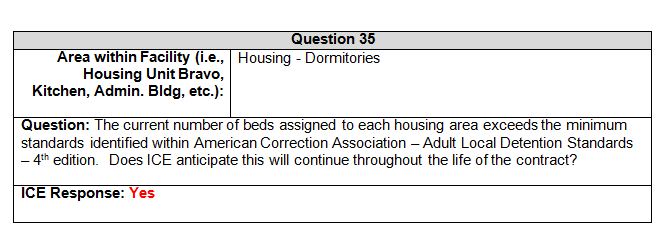photo Ramin Rahimian, for the New York Times
Check out the New York Times article by Ian Urbina, "Using Jailed Migrants as a Pool of Cheap Labor."
If you want to read more about the program's legality and history, here's the working paper I posted last week on the Social Science Research Network, "One Dollar Per Day: The Slaving Wages of Immigration Jail Work Programs - A History and Legal Analysis, from 1943 to Present." (posted May 15, 2014, 160 pages).
From the abstract:
This Paper evaluates the legality of the $1 per day payments for work performed by those in custody under immigration laws as well as its genesis. In 1941, President Franklin Roosevelt issued an order moving the Immigration and Naturalization Service (INS) out of the Department of Labor and into the Justice Department. During this same time frame, the U.S. Government established internment camps for "enemy aliens," i.e., civilians in the United States and other countries in Latin America who were or were imagined to be citizens of Axis powers. In 1943, the Justice Department paid those so held 80 cents per day for their work performed in the camps; the average daily cost of each person's detention in 1943 was one dollar. This was the origins of the 1950 law authorizing paying those in custody under immigration laws for work performed. If those in immigration custody today were paid at the ratio from 1943, they would be earning about $80 per day. This paper draws on government documents and contracts obtained under the Freedom of Information Act as well as the program's implementation and history as the basis for a statutory analysis of the Government's defense of its legality. The Paper argues that under a reading of the relevant laws' plain meaning, legislative history, and purpose, the program appears to violate various labor laws and the Fifth, Sixth, Thirteenth and Fourteenth Amendments.
For entire paper, please go here.




